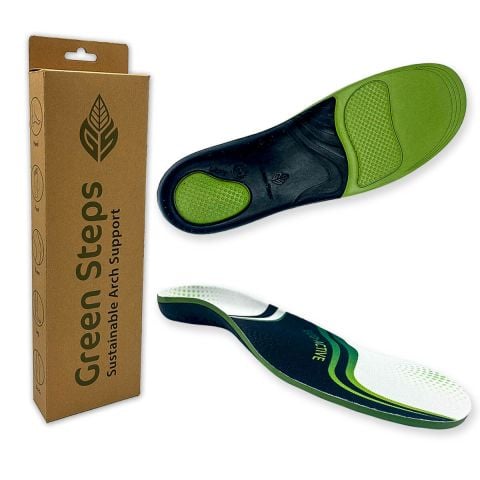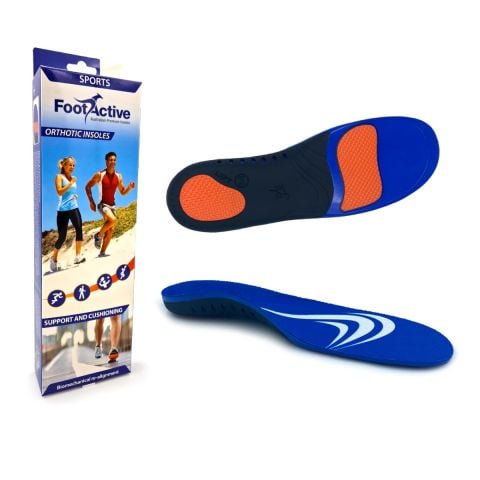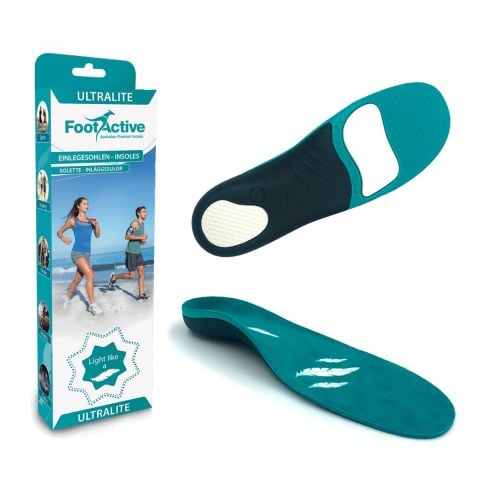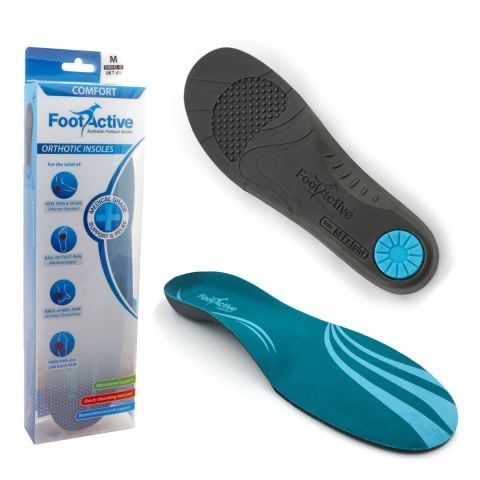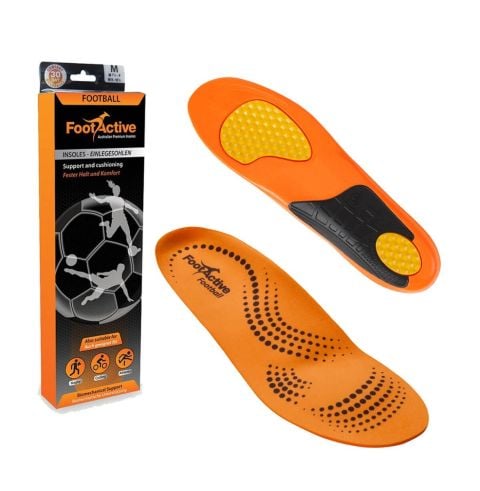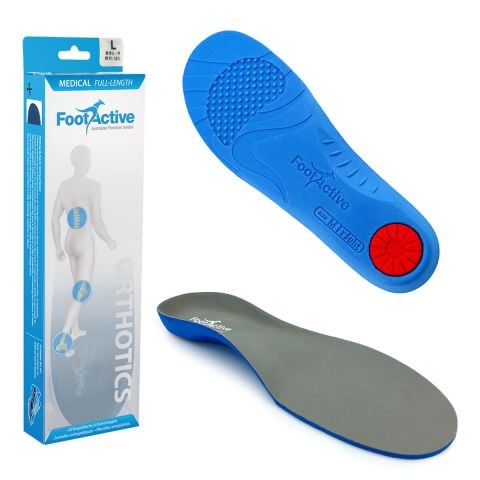What Is Posterior Tibial Tendonitis?
Tendinopathy refers to either tendonitis or tendinosis, in this case that occurs in the tibialis posterior, the tendon that connects to the plantar fascia. Unlike the plantar fascia, the tibialis posterior is not a thick band of fibres, in fact, it is actually quite thin but still extremely important for providing balance and steady footing.
Tibial Tendon Dysfunction could be the cause of sharp pain in the underside of your foot, or the inflammation that runs along the instep of your foot. This tendon is important because it helps to maintain the shape of the foot, as without it, we would have flat feet or fallen arches. Tibialis posterior tendinopathy is quite common and is often referred to as Posterior tibial tendon dysfunction (PTTD).
Other symptoms of posterior tendinopathy include:
- Stiff ankles which result in poor or limited movement in the joint – this is caused by inflammation and soreness in the area, which could swell and thus restrict the neighbouring bones, joints and tendons.
- Sore feet – tibialis posterior tendinopathy can run along and affect the whole foot, as it the tibialis posterior muscle supports the arch and the network of tendons in the area.
- Tears to the tendon – it is possible to rupture the tendon as a result of injury. Jumping and repeated impactful activities such as running, can also cause a tear. Dramatically changing activity level can also injure the tendon.
What Causes Posterior Tibial Tendonitis?
As with many common foot problems, age and lifestyle factors could play a major role in your foot health. Being overweight can also have a huge impact on your feet, including being a cause of tibialis posterior tendinopathy, as excessive weight and strain is placed on the fragile tendon. If the tendon is already weakened, additional weight can cause tears and a weakening of the foot structure, which could eventually lead to deformities such as flat feet.
The condition occurs or begins to show symptoms and pain most often in middle age women, usually because of unsupportive and improper footwear such as high heels.
However, those who already have fallen arches, they are likely to also experience tibialis posterior tendinopathy because too much weight is placed on the tendon and it cannot support the load, which leads to inflammation on the inside of the ankle. Pain is most apparent during movement, especially after sport.
Tibialis Posterior Tendinopathy Treatment
Tibialis posterior tendinopathy is really quite common and can be treated at home in most cases. The first step to tibialis posterior tendinopathy treatment is identifying the issue, and this may need to be confirmed by a doctor or physiotherapist. Locating the specific area for injury will require an evaluation of the area and sometimes some minor tests.
During the early stages, you may be able to diagnose and set tibialis posterior tendinopathy treatment at home, simply by running your hands along the inside of your foot to your ankle to see where the inflammation and pain is occurring. You can then follow normal preventative treatments, such as:
- Try to refrain from putting unnecessary weight on the area, this may require you to stop sports activity.
- It is important to wear supportive footwear at all times, not just whilst you are doing impactful activities. Orthotics can work to support the ankle, as well as the arch of the foot, which is why they are the best treatment for tibialis posterior tendinopathy as the insole can run the full length of the tendon. Supportive posterior tibial tendonitis insoles can help to improve the range of movement, particularly at the ankle joint, which will mean you can take part in conditioning exercises.
- Physiotherapy and exercises that condition the area can strengthen the tendon itself. Building strength in the area can help to reduce foot pain on a long term basis, but you will need to ensure you are building up to it slowly, rather than diving right in, as this could cause larger issues including tears and ruptures.
- In severe cases, surgical treatments may be required. These will only be provided by your doctor if your mobility and quality of life is being seriously affected by the issue.
For more information or help finding the most suitable orthotic insoles for your foot problem, get in touch with the team here at Foot Active. All our insoles for posterior tibial tendonitis and other foot conditions are designed by podiatrists for medical-standard support.
FAQs
What does posterior tibial tendonitis feel like?
Posterior Tendon Dysfunction feels like pain or discomfort of the tendon running along the inside of the ankle and foot. You may experience tenderness, swelling, and difficulty walking if you have posterior tibial tendonitis.
How do you get rid of posterior tibial tendonitis?
Treating posterior tibial tendonitis includes plenty of rest, as well as wearing the correct footwear and orthotics for posterior tibial tendonitis.
Do orthotics for posterior tibial tendonitis help?
Specialist orthotics certainly help with a range of foot conditions, but it is important to find the best orthotics for posterior tibial tendonitis. Your chosen insoles should provide arch support, help with alignment correction, and ideally have shock absorption to provide maximum benefit.
What are the best running orthotics for posterior tibial tendonitis?
For those who are suffering from tibialis posterior tendon dysfunction but want to carry on running or doing other physical activities, we would recommend the FootActive Sports or FootActive Ultralite insoles.
What other foot conditions benefit from orthotics?
Orthopaedic shoes and insoles help with a wide range of foot conditions alongside Posterior Tibial Tendonitis, including Plantar Fasciitis, Fallen Arches/Over Pronation, Ankle Pain, Flat Feet, Achilles Tendonitis, Knee Pain, Morton’s Neuroma, Psoas Muscle Pain, and Heel Pain.

